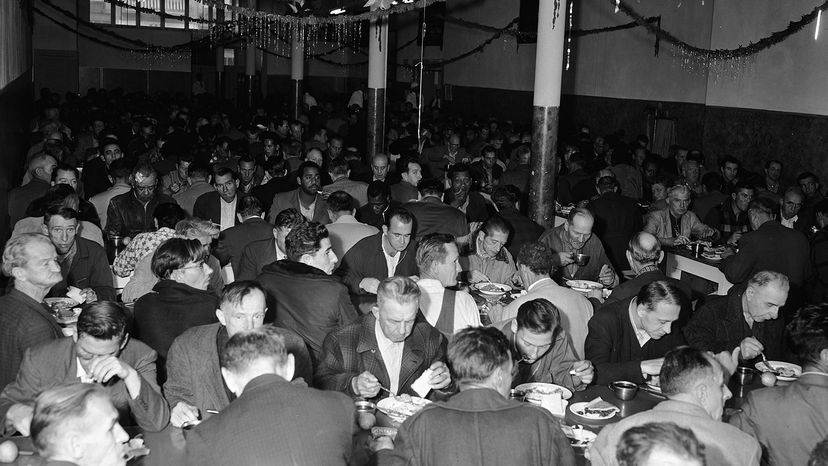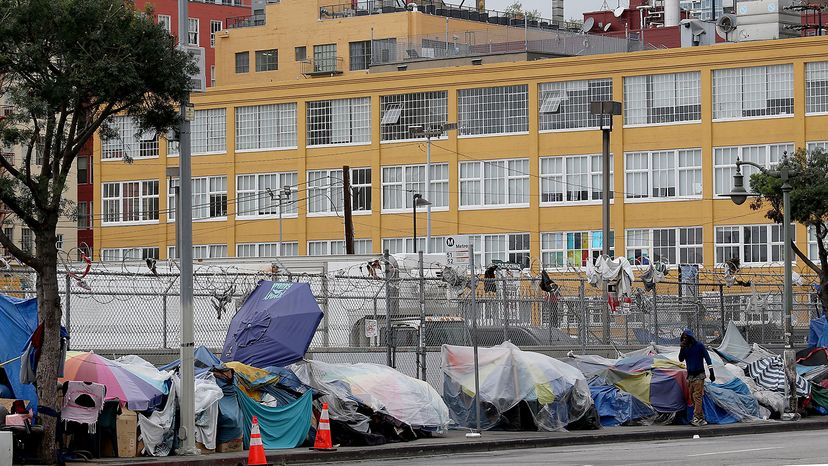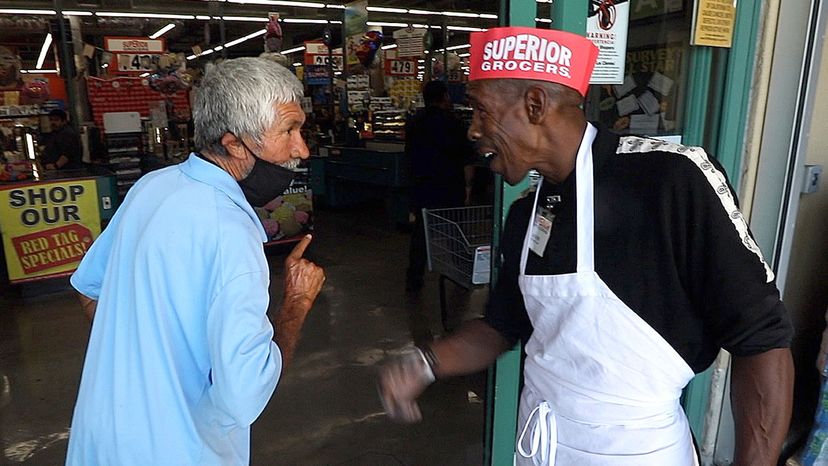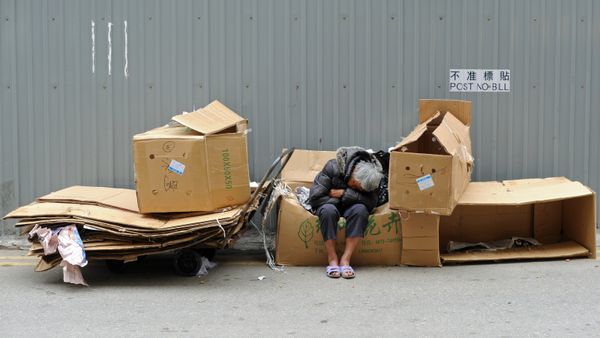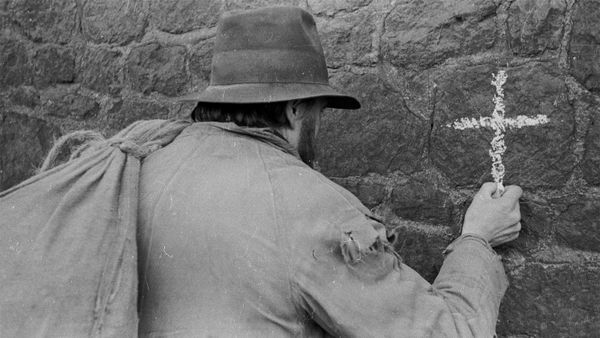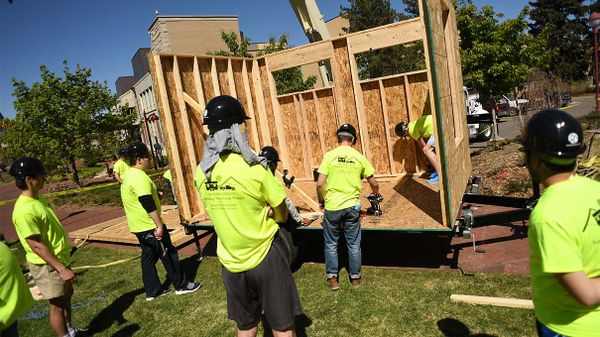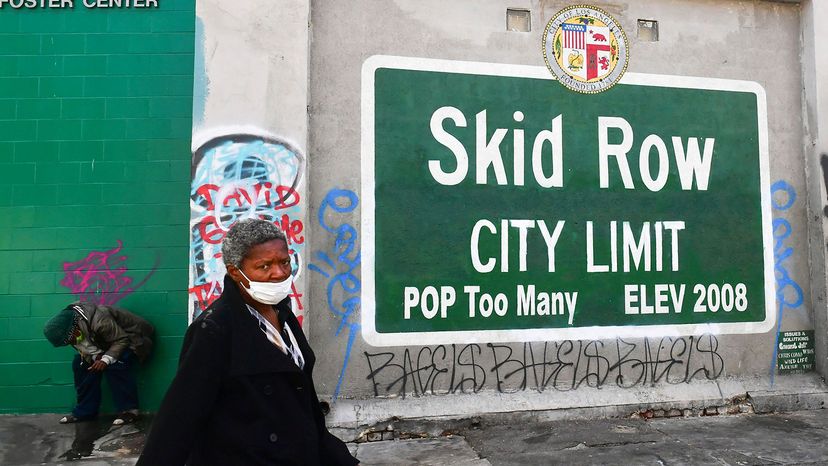
Tourists from around the world travel to Los Angeles to visit Disneyland, stroll the Hollywood Walk of Fame, take in world-class museums and watch the sunset from the Santa Monica Pier.
What they don't expect to see is Skid Row, 50 city blocks in the heart of downtown Los Angeles where between 8,000 and 11,000 people live a precarious existence at the margins of society.
Advertisement
At any given time, between 2,000 to 3,000 Skid Row residents live on the streets in a "tent city" of tarps, blankets and boxes. Others live in shelters and the few remaining single-room occupancy (SRO) hotels. The most fortunate have mini-apartments of their own in new or renovated buildings built by nonprofits like the Skid Row Housing Trust.
The current population of Skid Row is predominantly Black and male, but the area attracts increasing numbers of women and children. Veterans make up about 20 percent of residents. Los Angeles has the highest percentage of "chronically homeless" people (i.e., people who have lived on the street for over a year) of any major metropolitan city in the U.S.
But how did Skid Row get this way? Why does an entire neighborhood in one of the world's wealthiest states remain walled off from the rest of the city and home to such a high concentration of people struggling with addiction, serious mental health issues and economic hardship?
It's a long and messy story, but here's a condensed history of Skid Row.
Advertisement
